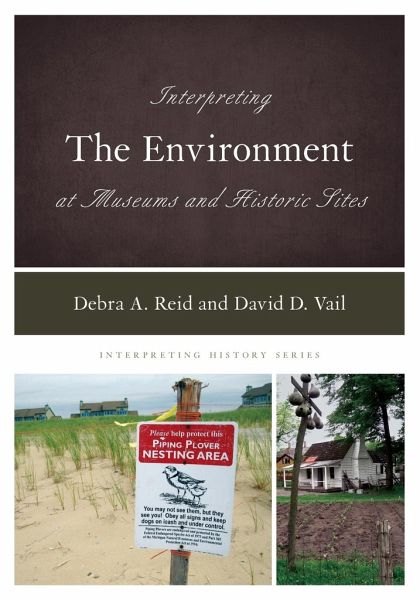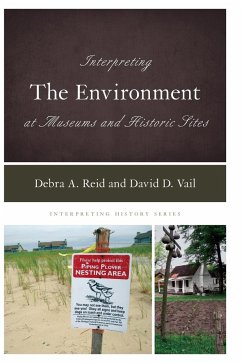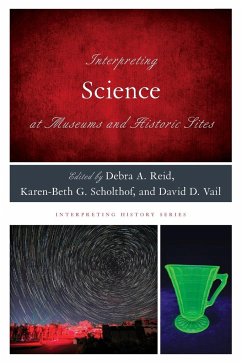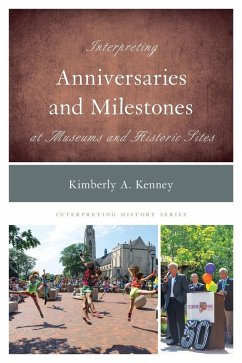
Interpreting the Environment at Museums and Historic Sites
Versandkostenfrei!
Versandfertig in 1-2 Wochen
52,99 €
inkl. MwSt.
Weitere Ausgaben:

PAYBACK Punkte
26 °P sammeln!
Interpreting the Environment at Museums and Historic Sites is for anyone wants to become a better steward of the environment and share lessons learned with others. The book provides a primer on "major problems" in researching about the environment and re-focuses thinking about the environment to thinking from the perspective of place and time.













